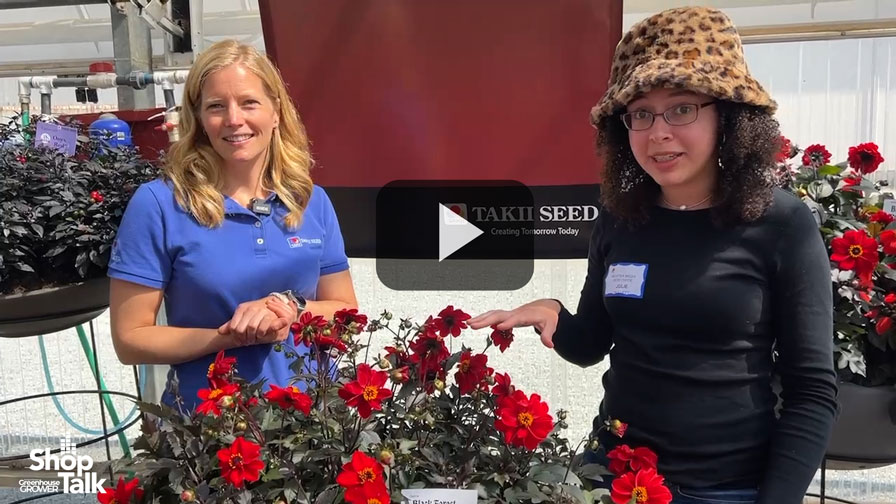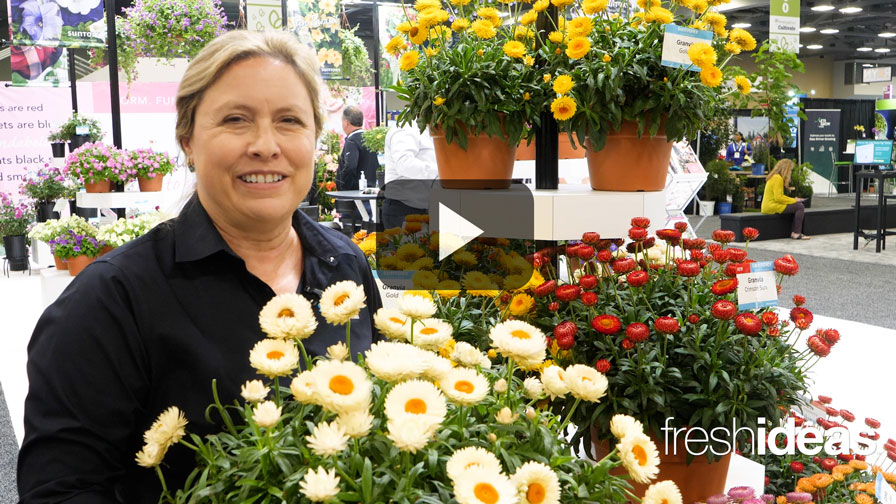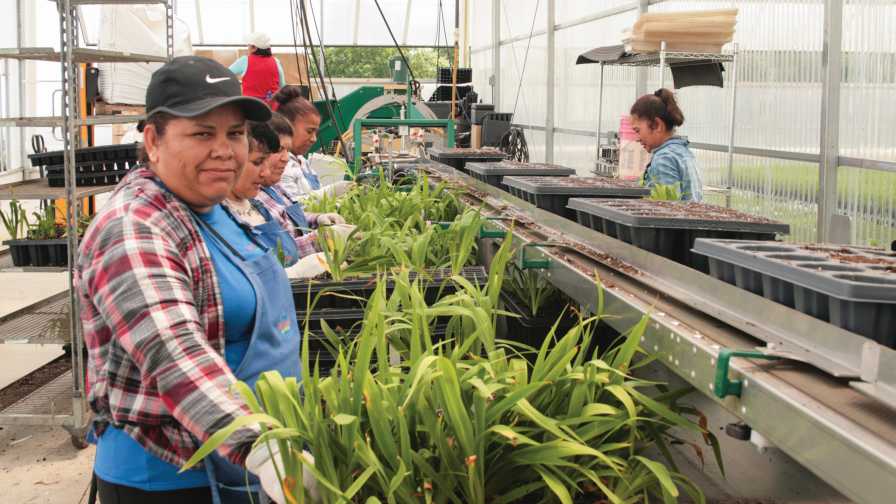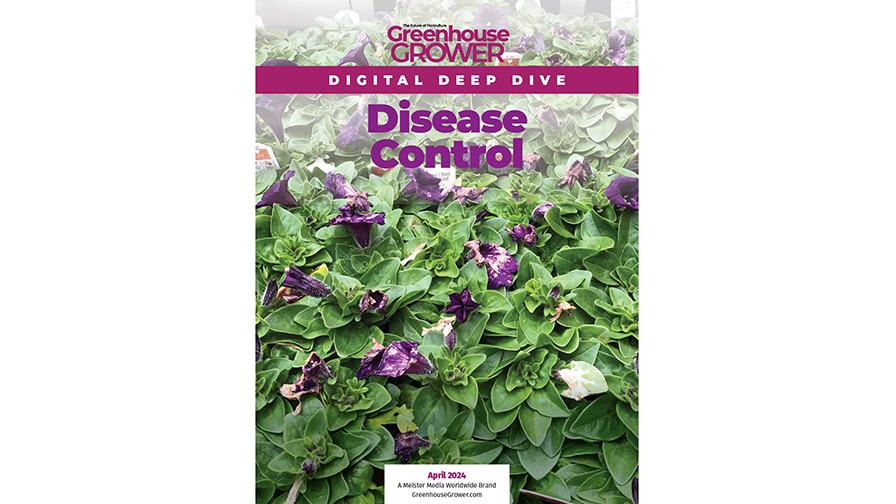Decoding the Complex Biochemical Communication Networks of the Plant World
A Purdue University-led research team has begun translating the complex molecular language of petunias. Their grammar and vocabulary are well hidden, however, within the countless proteins and other compounds that fill floral cells.
Being rooted to the ground, plants can’t run away from insects, pathogens, or other threats to their survival. Still, plant scientists have long known that they do send warnings to each other via scent chemicals called volatile organic compounds.
“They use volatiles because they can’t talk,” says Natalia Dudareva, Distinguished Professor of Biochemistry and Horticulture and Landscape Architecture at Purdue. “Plants inform neighboring plants about pathogen attacks. It looks almost like immunization. Under normal conditions, you don’t see any changes in the receiver plant. But as soon as a receiver plant is infected, it responds much faster. It’s prepared for response.”
Plant scientists have long known about this immunization-like priming, but until a few years ago, they had no way to study the process. They needed a marker showing that the plants had detected the volatile compounds.
Dudareva and 13 co-authors describe new details of the detection process in the March 22, 2024, issue of the journal Science. The team includes researchers from Purdue, Université Jean Monnet Saint-Etienne in France, and the University of California-Davis.
“Scientists know little about plant receptors for volatiles. Mammals and insects have them, too, but the way they perceive volatiles is too different to help researchers study the process in plants,” says Dudareva.
A research team led by Purdue University scientists has documented new details about how petunias use volatile organic compounds to communicate.
In 2019, in the journal Nature Chemical Biology, Dudareva and her associates published their discovery of a new physiological process, “Natural fumigation as a mechanism for volatile transport between flower organs.” The study described how a plant’s floral tubes produce volatile compounds to sterilize its stigma, the part of the pistil that collects pollen, to protect against attack by pathogens.
“There are a lot of sugars on the stigma, especially in petunias. It means that bacteria will grow very nicely without these volatiles present,” Dudareva says. “But if the stigma does not receive tube-produced volatiles, it’s also smaller. This was interorgan communication. Now we had a good marker — stigma size — to study this communication process.”
Measurements made from photographs showed statistical differences in the stigma size upon exposure to volatiles, says the Science study’s lead author, Shannon Stirling, a Ph.D. student in horticulture and landscape architecture at Purdue. “You can see that this is a consistent trend,” she says. “Once you’ve looked at enough stigmas, you can see by eye that there is a slight difference in size.”
For more information on understanding biochemical communication networks in plants, continue reading the original article found on the Purdue University website.








